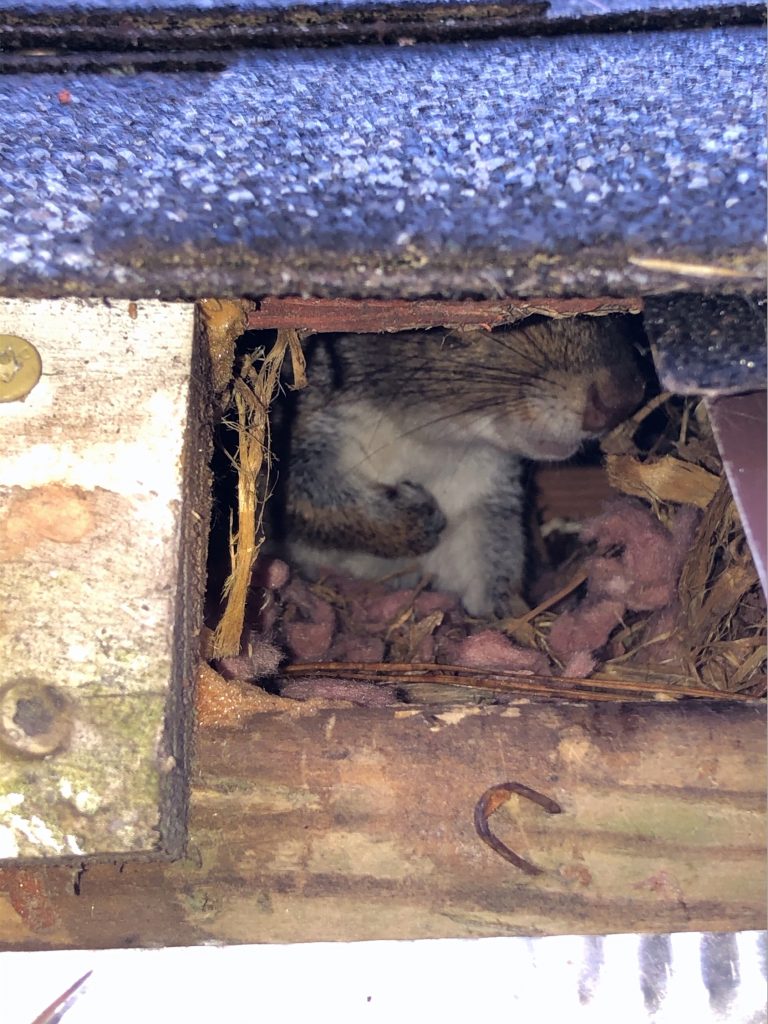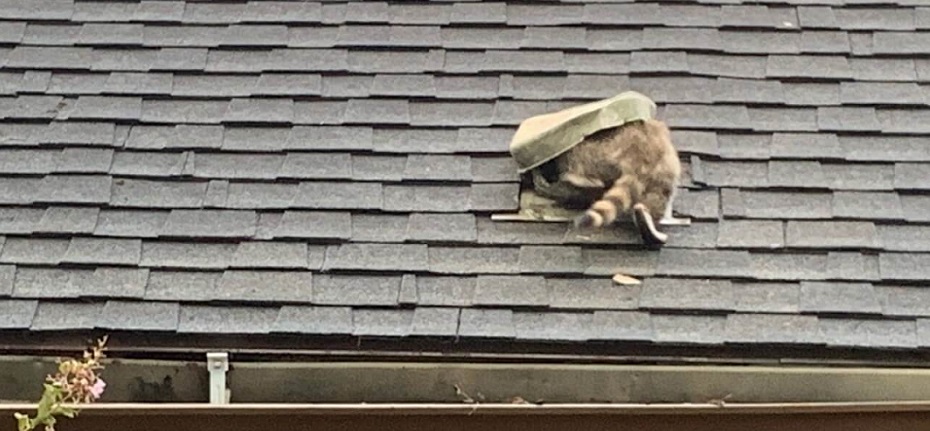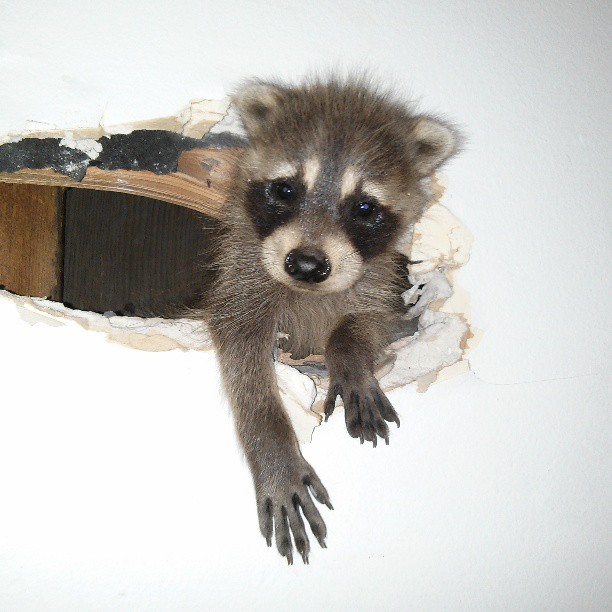Squirrels typically enter a home for a safe place with easy access to food, shelter, and water. Your attic and chimney share similar qualities to an ideal squirrel nest location. They are above the ground and secure from predators and the weather. Squirrel nests (drey) are effective in keeping squirrels and their offspring warm and dry.
What Do Squirrel Nests Look Like?
A squirrel’s nest looks like a large clump of twigs and leaves. The interior is hollow and measures twenty centimeters in diameter on average. Nesting materials are typically lined with leaves, grass, moss, and shreds of bark. The exterior shell of the nest is woven together with sticks and leaves for insulation.
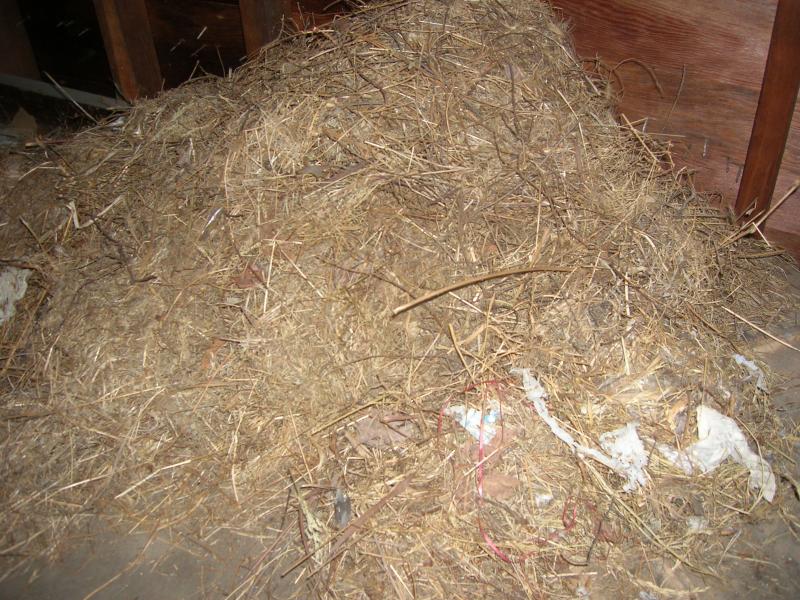
A squirrel nest in your home can be a squirrel problem.
Where Do Squirrels Build Nests?
Squirrel nests are typically built high between strong tree branches, inside tree cavities, or near the base of tree trunks. Pine, hemlock, maple, birch, and oak trees are common homes for both grey squirrels and red squirrels. Tree squirrels are excellent climbers and can gain access to attics and chimneys. Typical entry points include eaves, gables, and soffits.
Once inside your home, common nesting areas include chimneys, attics, and wall cavities. A squirrel infestation is a threat to the structural integrity of your property. Squirrel nests and gnawed electrical wiring present a fire hazard. In addition to causing building damage, squirrels are capable of spreading disease through their waste.
When do squirrels build a nest?
Squirrels typically build nests during the breeding season or before winter.
There are six different tree squirrel species in Canada. The Eastern grey squirrel is the most likely culprit to be in your attic. The grey squirrel has two breeding seasons – one in January and February and the other in June and July.
Squirrels do not hibernate, but they do need shelter during the winter months. Looking for warmth in late fall and winter, squirrels often nest in attics and exterior walls, using insulation as nesting material.
If you find a baby squirrel, do not move it! It’s likely the mother is close.
Squirrel Nest Removal
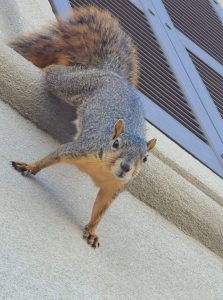
Prevent squirrels from nesting on your property by limiting food sources like bird feeders and acorns.
If a squirrel has built a nest in your home, you need to remove the squirrel and its nest. Live trapping and one-way excluder valves are effective squirrel control measures. Once all squirrels are gone, clean-up and nest removal can be accomplished.
